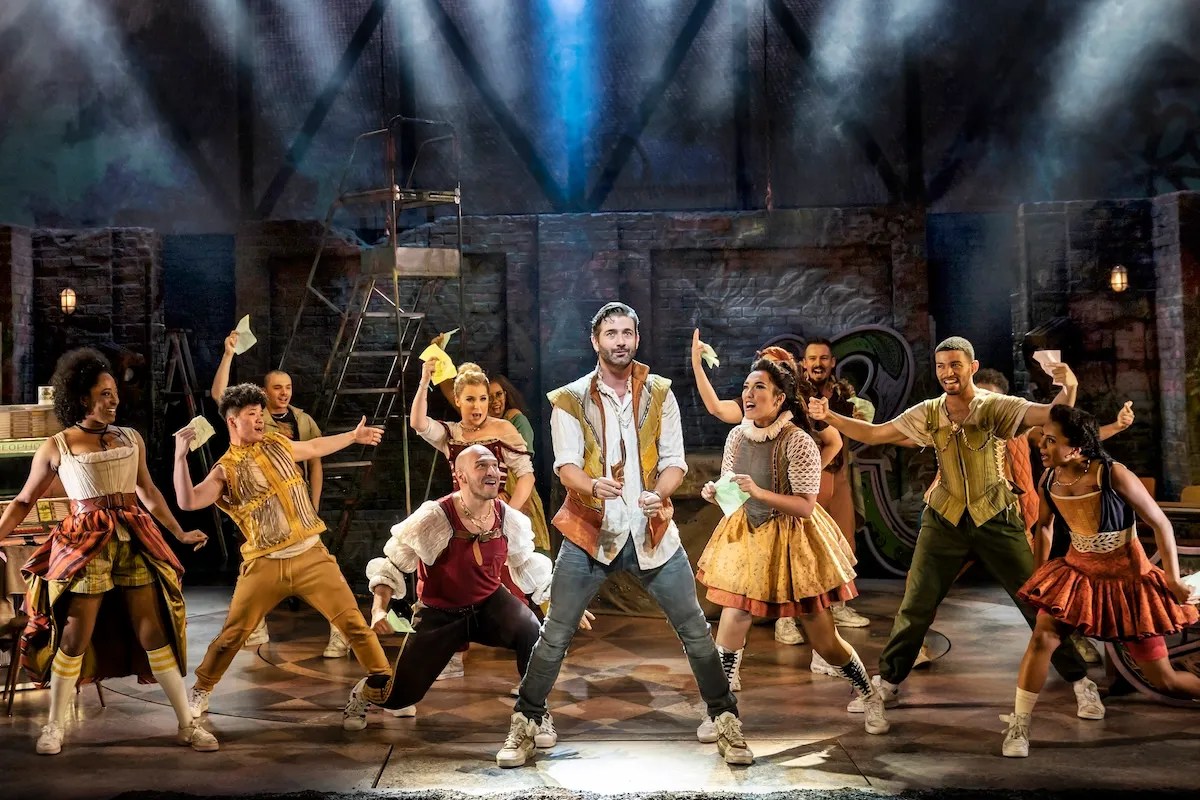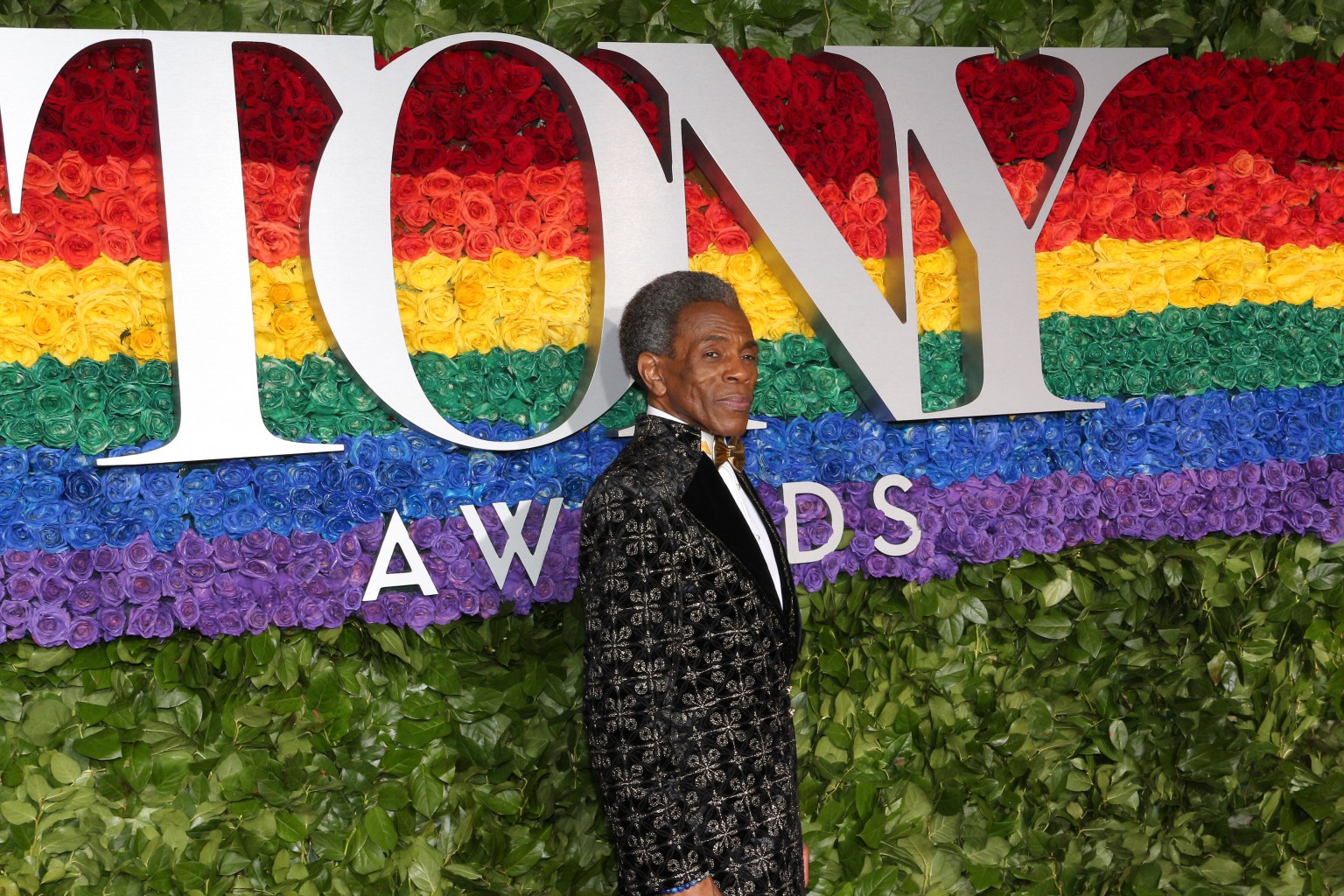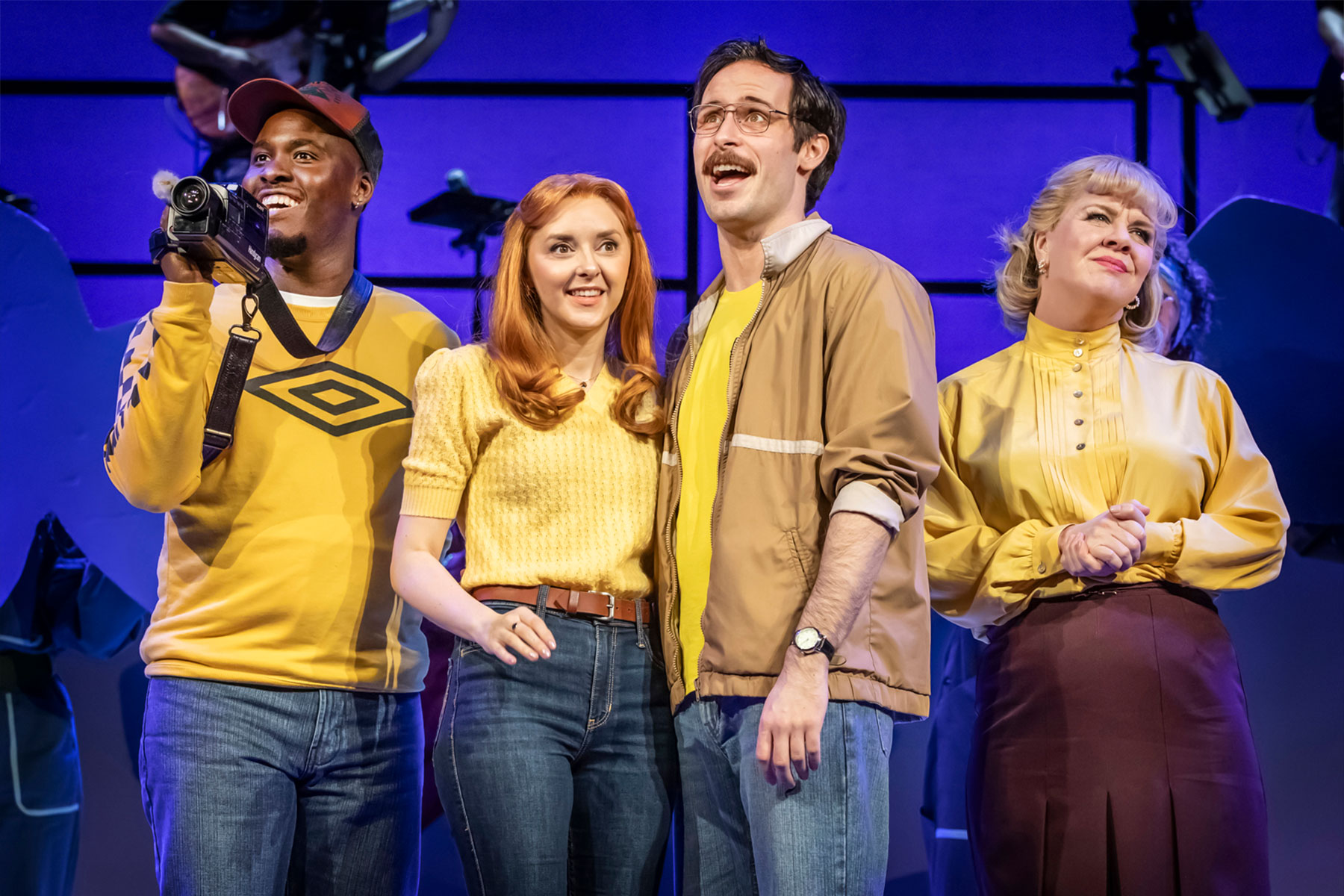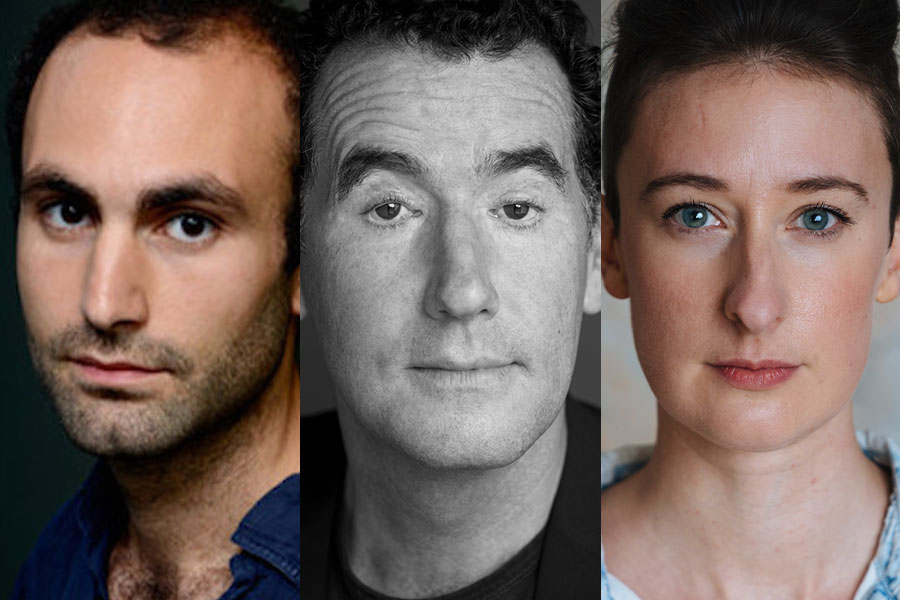Behind the Beautiful Forevers (National Theatre)
Rufus Norris' first production since being announced as Nicholas Hytner's successor at the National is both strange and remarkable: a feel-good play about poverty, full of vibrancy and attractive characters, plastic water bottles and home-improvement plans in a Mumbai shanty town.
It's adapted – skilfully and loyally – by David Hare (his 17th play for the NT) from a prize-winning book of reportage by New Yorker writer Katherine Boo, who spent three years living in the slum settlement of Annawadi, a self-regulating, tight-knit community by the main runway at Mumbai airport, in the shadow of five luxury hotels.
Some characters have been dropped from the book, a crucial murder promoted in the "action", time telescoped and the arguments refined: the slum dog scavenger Abdul (Shane Zaza) trades philosophy of pauperism with his risk-taking, breathtakingly pragmatic friend Sunil (Hiran Abeysekera); while Meera Syal as Abdul's imperial, no-nonsense Muslim mother, Zehrunisa Husain, asserts supremacy over her neighbour, the serenely amoral Asha (Stephanie Street, who's very like Penelope Wilton in a sari).
The community is turned upside down after a fire and the implication of the Husain family in the murder of Thusitha Jayasundera's foul-mouthed, one-legged prostitute. There are court scenes (Jayasundera doubling as a hilarious magistrate) and a detention centre where the boys are addressed by an official (Pal Aron) bemoaning his own personal misfortunes.
That episode, fairly funny in the book – which reads like a novel, anyway – is sharpened in the staging, just as the radical politicisation of Asha's teacher daughter Manju (Anjana Vasan) – who is perplexed by Virginia Woolf's Mrs Dalloway but intrigued by Congreve's sex and money social priorities in The Way of the World – is simply indicated by her appearance in a full burka at the trial.
What may seem an unusual play for Hare is in fact related to two of his earlier works, his anatomisation of a Communist village ideology in another great adaptation, of William Hinton's Fanshen for Joint Stock; and his only other Third World play, A Map of Utopia, a more self-consciously theatrical look at Western penetration of the Indian sub-continent.
This piece is more like Peter Brook's anthropological study of a lost tribe (also a book adaptation), Les Iks, but Norris is not a reductive or overly ascetic director. The rain of garbage, the rain itself, the roaring of the overhead planes, all this is done with a great and glorious whoosh, and there are colourful costumes, dances and processions and a wonderful sequence where the fluid stage suddenly boils down to a simple face-to face either of a prison grille.
The whole business of making life on a rubbish heap is blackly amusing to start with. The economic recession may not affect house prices but it sure knocks the stuffing out of the cardboard box business. Katrina Lindsay's design and Paule Constable's lighting are crucial to a wise and witty evening that allows us to wallow in our own good fortune while enjoying the desperate plight of others, a classic and complicated privilege.
The ironies of the situation are lost on no-one, least of all the aspirational Annawadi-ans themselves, and Hare has resisted what might have been another big temptation; to bring one of those luxury hotels into the play. Instead, he shows, as Boo does, the upside of living on the downside, and that's all to do with humanity, not just poverty. Suitably enough, the show is part of the Travelex cheap ticket scheme.










